Soviet astronaut Yuri Gagarin was the first man to orbit earth. He was born on March 9, 1934 in Klushino, a farming village west of Moscow. He grew up in kolkhoz, a collective farm managed by the Soviet state. In the summer of 1941, the Soviet Union was invaded by German troops. Gagarin’s family fled to neighboring Gzhatsk. In 1955, still in school, he enrolled in a local flying club.
His love of flying reached new heights: Gagarin decided to become a pilot. In November 1957, he graduated with honors at the Soviet Aeronautical Academy in Orenburg. Gagarin was 23 and was one of the most promising pilots in the Soviet Air Force. At the time, the Soviet Union was locked in a political and ideological confrontation with the United States. The two superpowers battled for supremacy in every field. The USSR made significant progress in weapons and technological innovation. In 1957 they tested the first intercontinental missile.
That same year, the launching of the Sputnik satellite paved the way for Russian supremacy in space. Gagarin became a symbol. After a long training period and tough aptitude tests, Gagarin was chosen among 2,200 candidates for the Vostok 1 space mission. He was given the opportunity to make his lifelong dream come true. On April 12, 1961, at 9:07 am, the Vostok 1, manned by Gagarin, launched from Baikonur. Nine minutes after takeoff, the spacecraft began orbiting the earth at a speed of 27,400 kilometers per hour. The flight lasted 108 minutes. When Gagarin called earth by radio, he said: “The Earth is blue... How wonderful. It’s amazing.” At 10:25 Gagarin, ejected from the capsule and landed by parachute in a field in western Russia, where it is said he was embraced by an unknown peasant woman. The news of the first astronaut in space spread around the world. It was an epic feat. The US felt the weight of the accomplishment. Gagarin was welcomed triumphantly in Moscow, where Nikita Khrushchev decorated him with the country’s highest honor, Hero of the Soviet Union.
Gagarin also made other space missions. In 1967, he was chosen as a reserve astronaut for the Soyuz mission, part of the program aimed at achieving the next great objective: to land on the moon. Gagarin would never set foot on the moon.
He died in a flying accident on March 27, 1968 in puzzling circumstances. He was 34. What exactly happened still unknown.
After a solemn state funeral, his ashes were buried at the Kremlin. A 40-meter tall monument was built in Gagarin’s honor in Moscow, in the square that bears his name.
His love of flying reached new heights: Gagarin decided to become a pilot. In November 1957, he graduated with honors at the Soviet Aeronautical Academy in Orenburg. Gagarin was 23 and was one of the most promising pilots in the Soviet Air Force. At the time, the Soviet Union was locked in a political and ideological confrontation with the United States. The two superpowers battled for supremacy in every field. The USSR made significant progress in weapons and technological innovation. In 1957 they tested the first intercontinental missile.
That same year, the launching of the Sputnik satellite paved the way for Russian supremacy in space. Gagarin became a symbol. After a long training period and tough aptitude tests, Gagarin was chosen among 2,200 candidates for the Vostok 1 space mission. He was given the opportunity to make his lifelong dream come true. On April 12, 1961, at 9:07 am, the Vostok 1, manned by Gagarin, launched from Baikonur. Nine minutes after takeoff, the spacecraft began orbiting the earth at a speed of 27,400 kilometers per hour. The flight lasted 108 minutes. When Gagarin called earth by radio, he said: “The Earth is blue... How wonderful. It’s amazing.” At 10:25 Gagarin, ejected from the capsule and landed by parachute in a field in western Russia, where it is said he was embraced by an unknown peasant woman. The news of the first astronaut in space spread around the world. It was an epic feat. The US felt the weight of the accomplishment. Gagarin was welcomed triumphantly in Moscow, where Nikita Khrushchev decorated him with the country’s highest honor, Hero of the Soviet Union.
Gagarin also made other space missions. In 1967, he was chosen as a reserve astronaut for the Soyuz mission, part of the program aimed at achieving the next great objective: to land on the moon. Gagarin would never set foot on the moon.
He died in a flying accident on March 27, 1968 in puzzling circumstances. He was 34. What exactly happened still unknown.
After a solemn state funeral, his ashes were buried at the Kremlin. A 40-meter tall monument was built in Gagarin’s honor in Moscow, in the square that bears his name.
RELATED
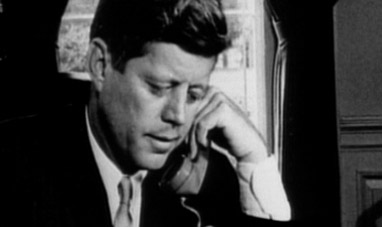

JOHN FITZGERALD KENNEDY


LEWIS HAMILTON
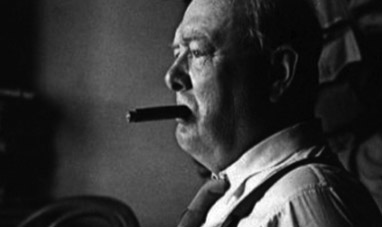

WINSTON CHURCHILL
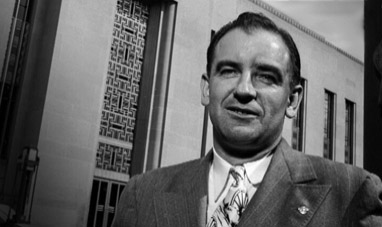

JOSEPH MCCARTHY
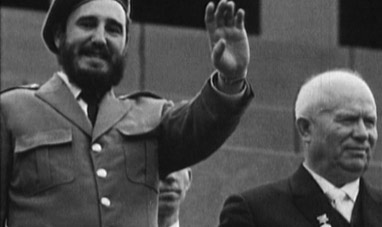

FIDEL CASTRO
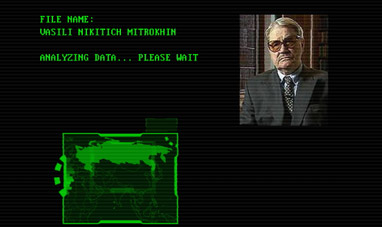

VASILI NIKITICH MITROKHIN


THE TAIWAN ISSUE


FERNANDO ALONSO
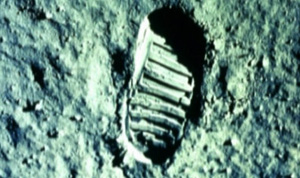

THE FIRST MOON LANDING


NADIA COMANECI
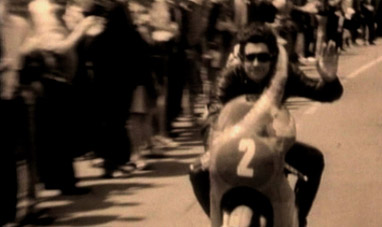

GIACOMO AGOSTINI


MIKE TYSON
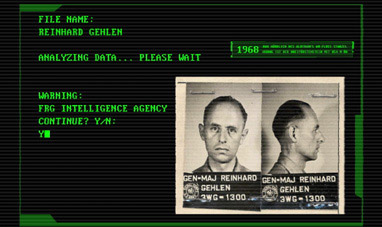

REINHARD GEHLEN
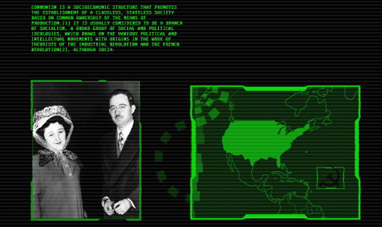

ROSENBERGS, THE
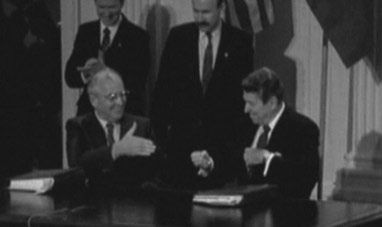

THE COLD WAR


MARCO PANTANI
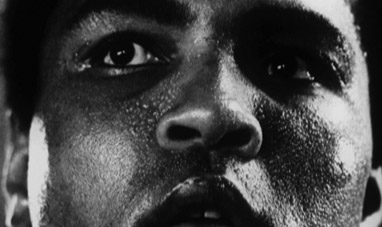

MUHAMMAD ALI
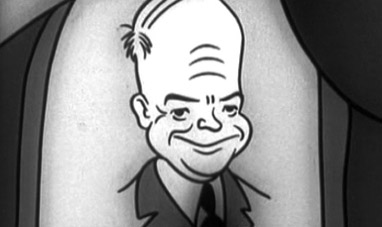

DWIGHT EISENHOWER


RUUD GULLIT


JIMMY CARTER


PATRICK DE GAYARDON


ROBERTO BAGGIO
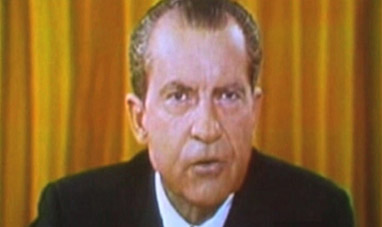

RICHARD NIXON


MIKHAIL GORBACHEV


NATO (NORTH ATLANTIC TREATY ORGANIZATION)
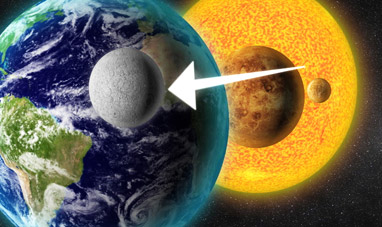

THE MOON
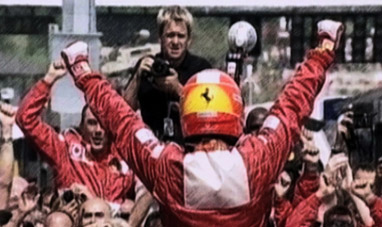

MICHAEL SCHUMACHER
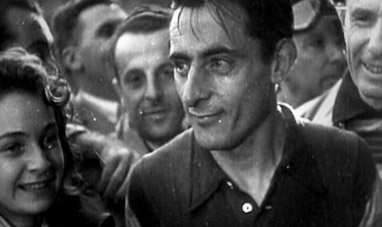

FAUSTO COPPI


ZINÉDINE ZIDANE


GILLES VILLENEUVE
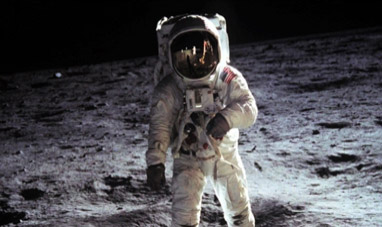

NEIL ARMSTRONG


HARRY TRUMAN


THE FALL OF THE BERLIN WALL
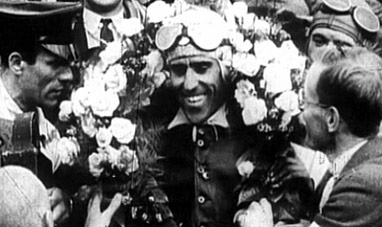

TAZIO NUVOLARI


JOHAN CRUIJFF


JOHN EDGAR HOOVER
